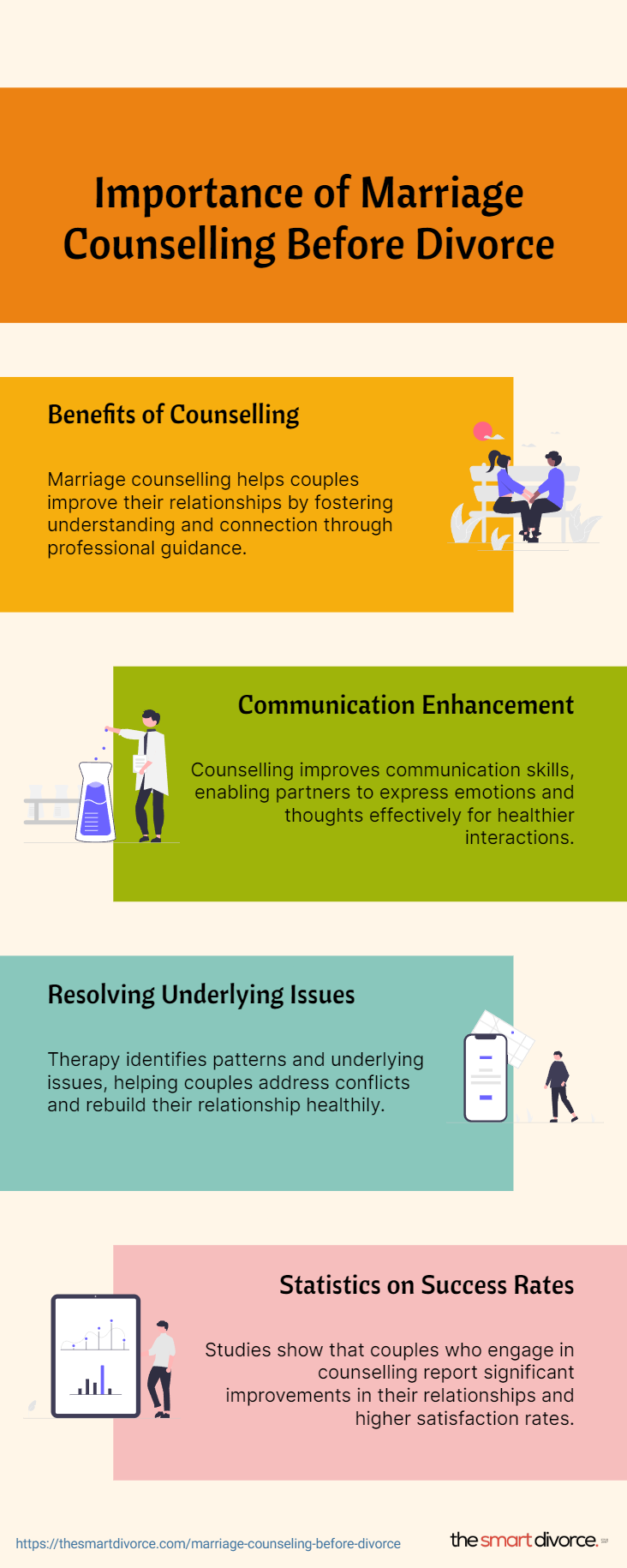Some Of Aim Point Counseling
Wiki Article
The Greatest Guide To Aim Point Counseling
Table of ContentsThe Only Guide for Aim Point CounselingThe Best Guide To Aim Point CounselingAim Point Counseling Fundamentals ExplainedThe Buzz on Aim Point CounselingThe Greatest Guide To Aim Point Counseling9 Easy Facts About Aim Point Counseling Explained
The longitudinal design entails a pre-treatment survey and two follow-up surveys at 3- and 12-months post-intervention. The research is set in eight Relationships Australia Victoria centres, across urbane, external suburban areas, and regional/rural websites. Relationships Australia, a non-government organisation, is the biggest service provider of pair therapy and connection services in Australia.
These high rates of relationship failure have actually been regularly linked with adverse health repercussions for both adults and youngsters complying with divorce/separation.
Indicators on Aim Point Counseling You Need To Know
Longitudinal research studies additionally suggest that children of separation have a higher incidence of emotional conditions, alcohol and drug usage, and high-risk sexual practices [7] Although the results of divorce and splitting up can be damaging, study suggests that high connection disharmony in intact pairs is additionally most likely to have adverse end results.In addition, variables that affect the end results of these solutions need extensive investigation. Research study to date has recognized both couple and private aspects that might add to relationship dissonance. These include relationship fulfillment and dedication at the couple level, and depression at the specific degree. Nevertheless, robust research to review relationship-enhancing interventions in the community are scarce.
See This Report about Aim Point Counseling
While most studies indicate renovations in partnership complete satisfaction complying with couple counselling, they are restricted by the examples and procedures utilized, largely temporary follow-up time frames, and evaluations that do not account for the dyadic nature of pair data., is an additional commonly examined relationship result.To sum up, study shows that couple-specific variables as well as individual factors might predict the results of couple counselling and connection services. The causal direction of these partnerships, nevertheless, is much less clear. These observations are necessary, given that, to validate and guide the application of partnership solutions such as pair counselling, empirical proof has to explore both the outcomes of relationship solutions and the variables that forecast effective treatment.
There is a growing agreement that efficiency research studies should be complemented by efficiency study to best notify medical method [ 29] The minimal performance research that exists to day suggests that pair counselling can boost end results such as relationship fulfillment [33,43], communication skills and basic health [44], at the very least in some European nations.

We currently know little about the profiles of couples who look for out connection education compared with those that look for partnership therapy, or the end results of these programs. Anecdotal evidence recommends that there might be significant distress amongst at the very least some couples seeking connection education.
Getting The Aim Point Counseling To Work
Comments involves participants completing questionnaires regarding their relationship (e.g. steps of social problems), and obtaining details on what their ratings indicate. Cognitive-behavioural techniques promote transforming cognitions to promote favorable relationships. These may consist of promoting sensible attributions/expectations around adverse companion behavior [46] In abilities training, pairs participate in talks or presentations on connection abilities, and practice these during facilitator-led activities [ 45]These meta-analyses highlight limitations in the current literature on relationship education. This sample account may not stand for clients who typically offer for relationship education.
Aim Point Counseling Fundamentals Explained

Very little research has actually examined the relative advantages of couple coaching and partnership education and learning programs. As clients are most likely to self-select into these solution kinds, it is unclear whether particular relationship distress accounts existing to each service kind, or undoubtedly whether there is an interaction in between providing account, service kind and result.
(https://a1mpoint.wordpress.com/2025/03/07/aim-point-counseling/)
Thus, we have actually consisted of a 12-month follow-up to assess longer-term patterns and impacts.
Consequently, we suggest to use multi-level statistical modelling procedures that regulate for the inter-dependence of couple information to analyze any treatment effects. The details aims of the ECC study are to: 1. Map profiles of customers looking for community agency-based couple therapy vs. relationship improvement programs in terms of socio-demographic and connection signs (such as connection satisfaction, connection dedication, interpersonal issues, and factors for attending), in addition to health and wellness (such as clinical depression, basic wellness) and wellness service usage (eg.
2. Determine whether pair counselling and relationship education services boost 3- and twelve-month results for connection complete satisfaction, dedication, and anxiety, using analytical analyses ideal to couple information. 3. Identify the family member payments of client factors (specific and couple) and therapy/education factors to results at 3- and why not look here 12-months, and to sustainability of end results with time.
Everything about Aim Point Counseling
Multi-level modelling to identify pre-post differences, managing for dyadic (couple) degree. To contribute to the literature assessing the performance of community-based couple therapy. The results will assist clinical decision-making in community-based relationship service settings, and professional training. 3. To establish the relative payments of client/couple and treatment elements to end results at 3- and 12-months, and to sustainability of outcomes in time.Report this wiki page